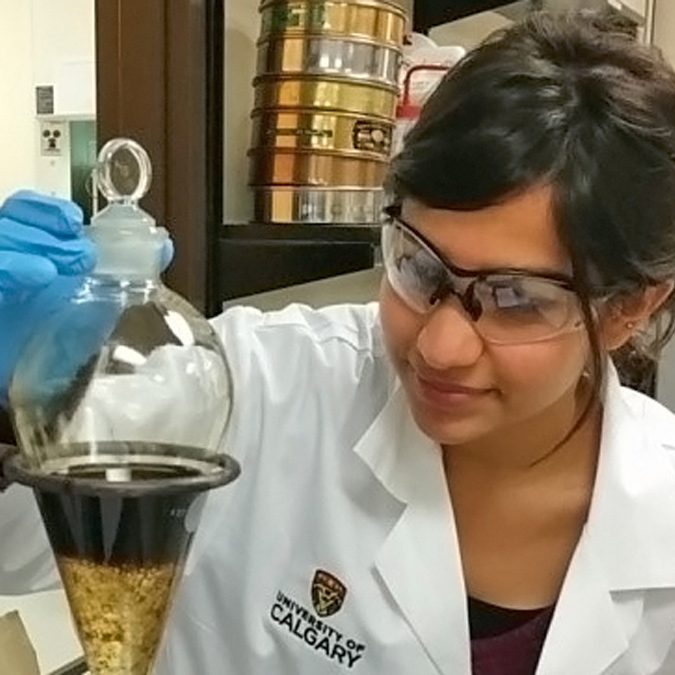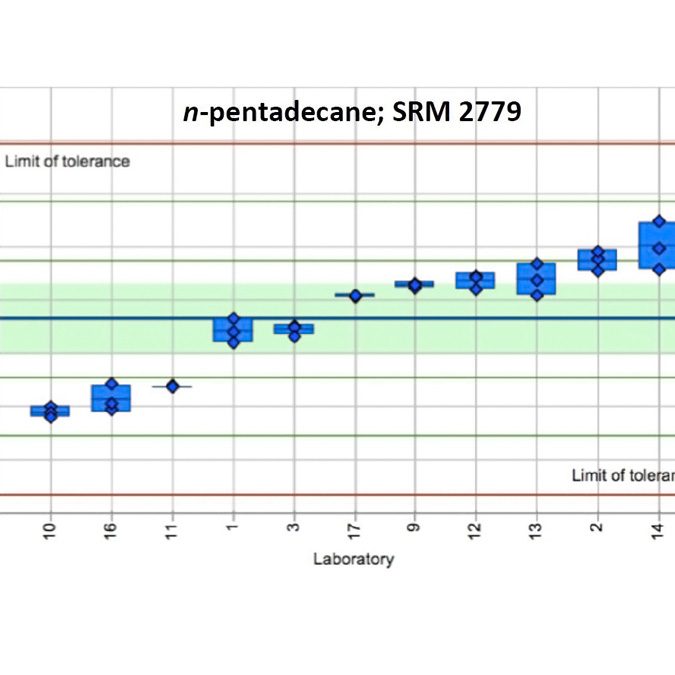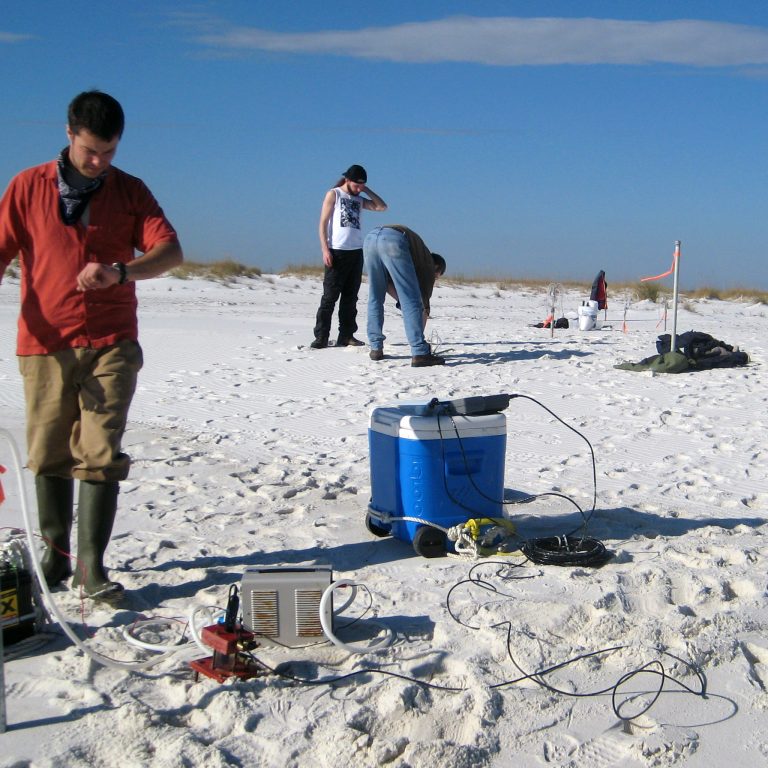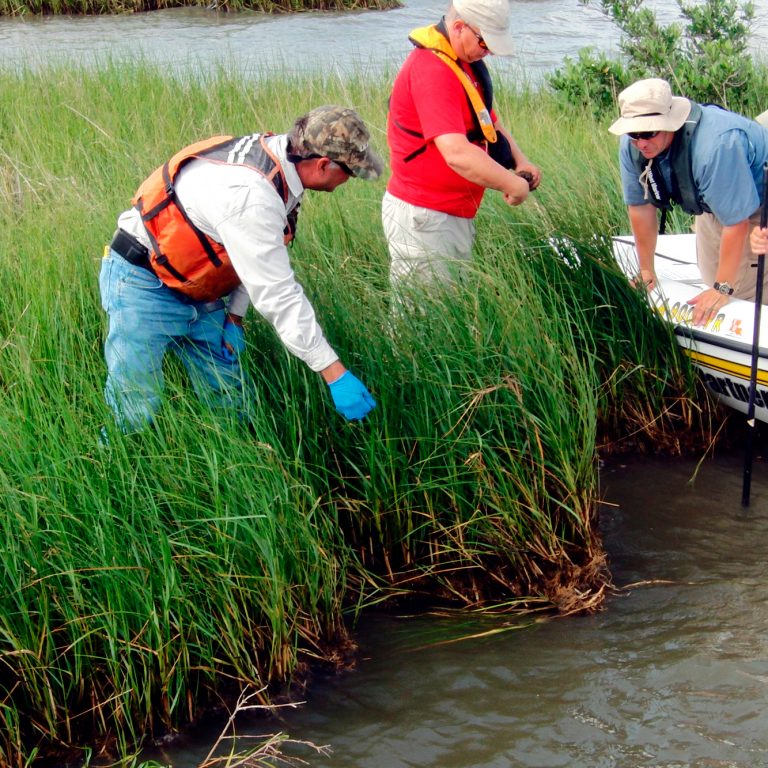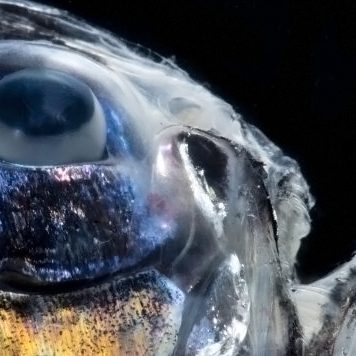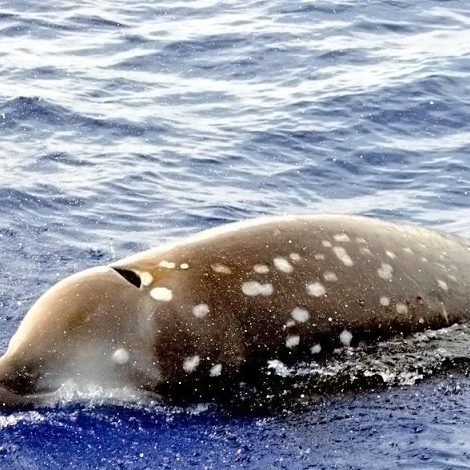Grad Student Jaggi Seeks Solution to World’s Clean Water Shortage
As a child in India, Aprami Jaggi witnessed firsthand how polluted water sources impact society. Her desire to make water remediation her life’s work has led her from Delhi to Calgary, Canada, to study oil mitigation.

